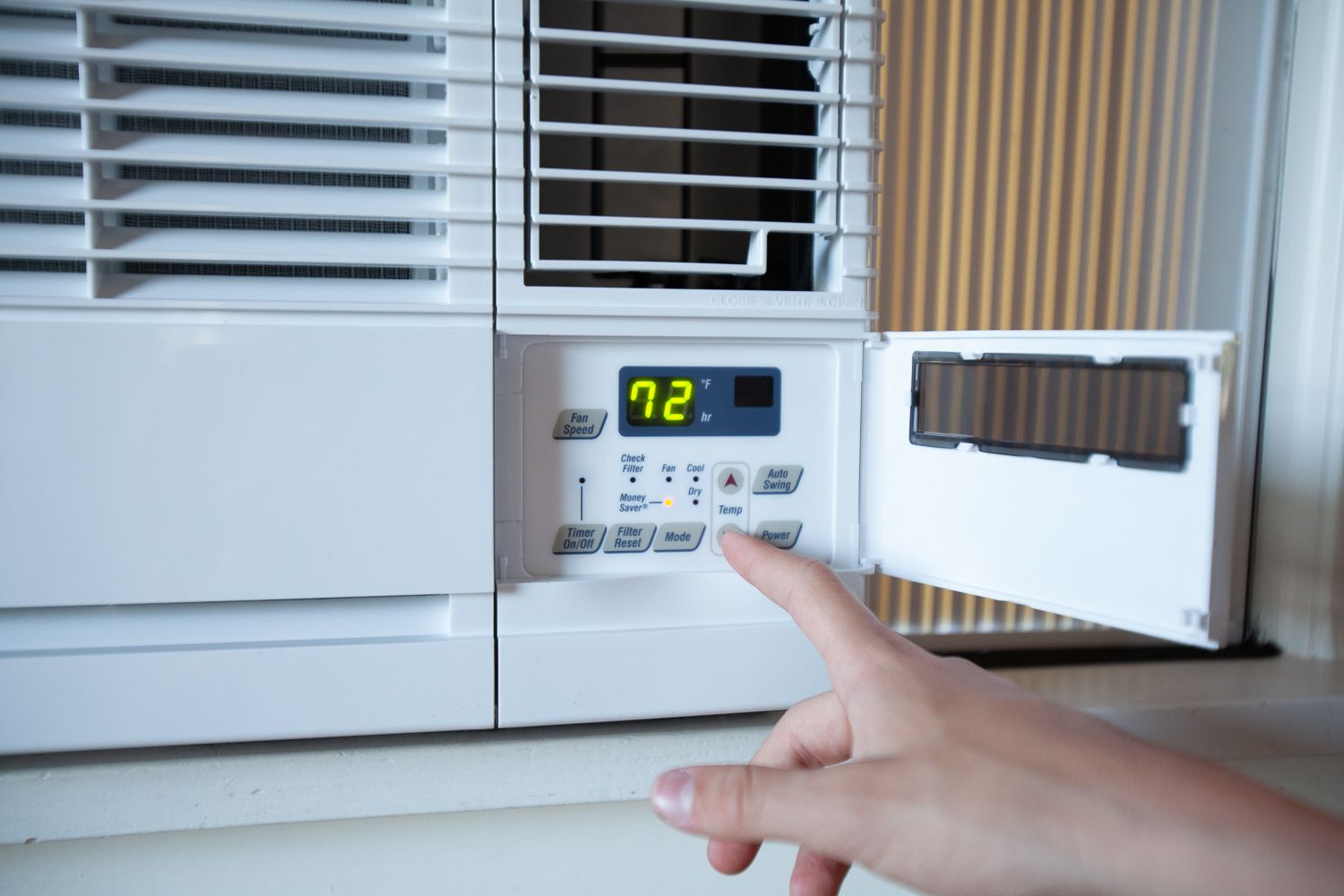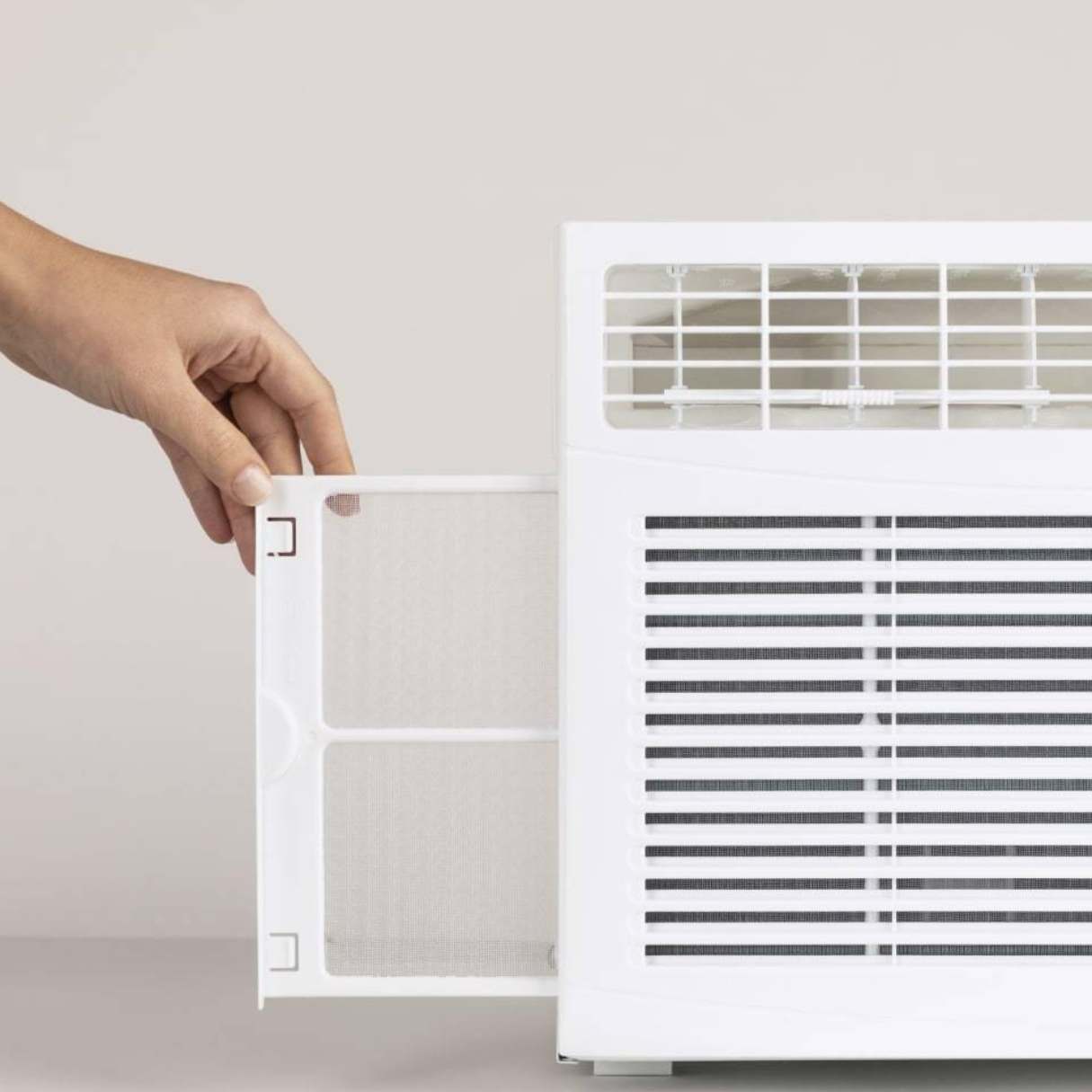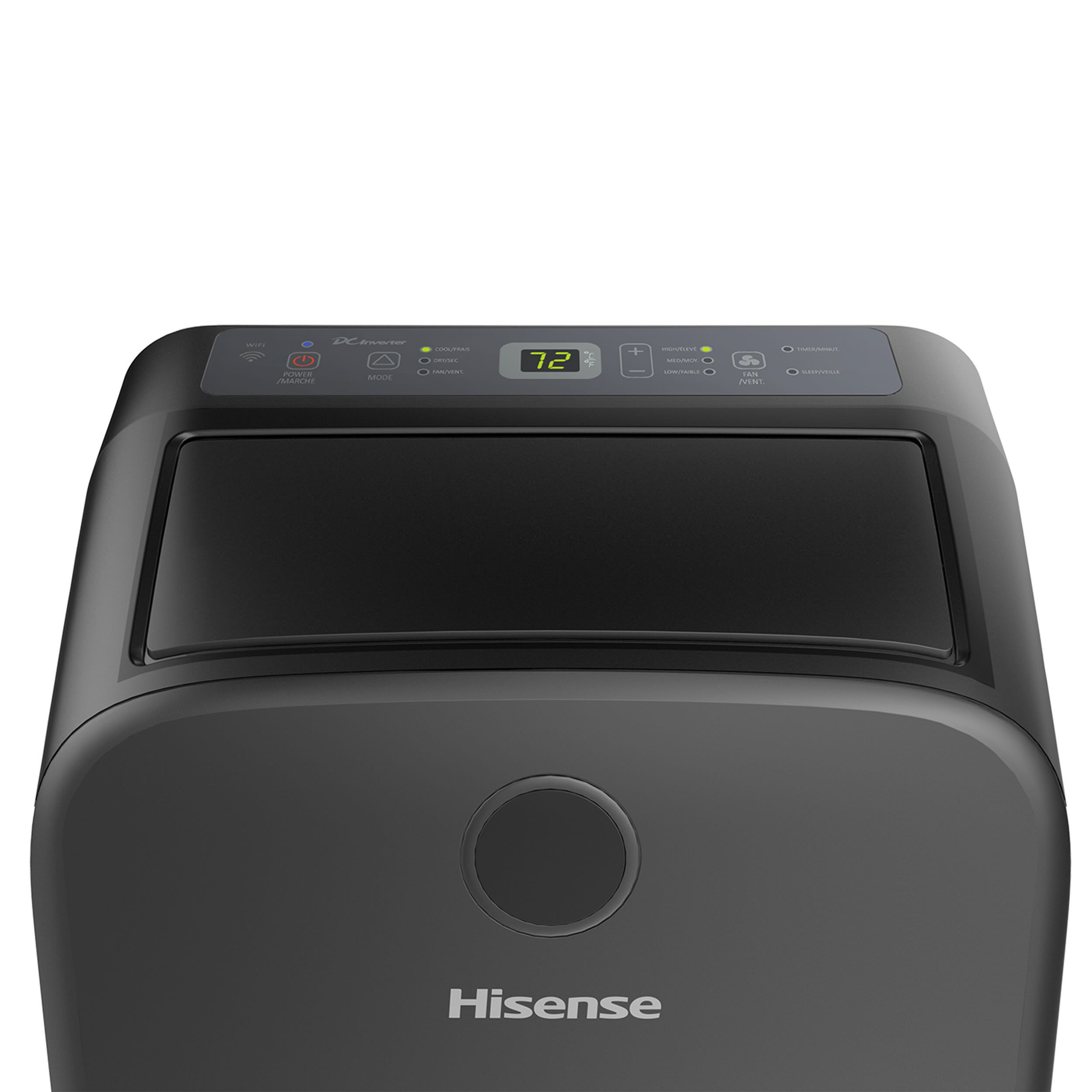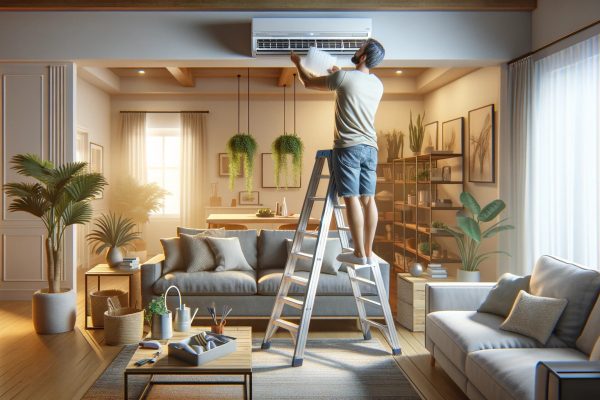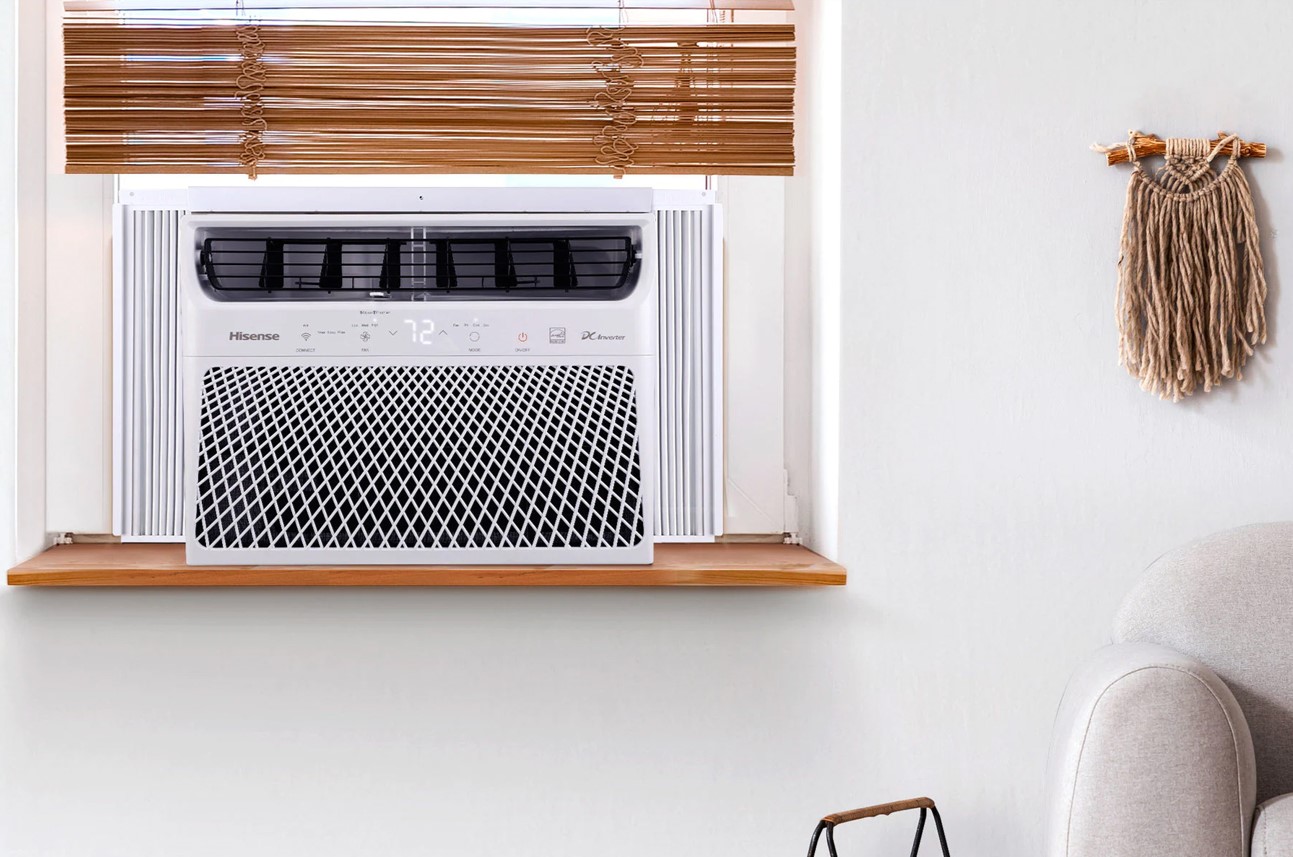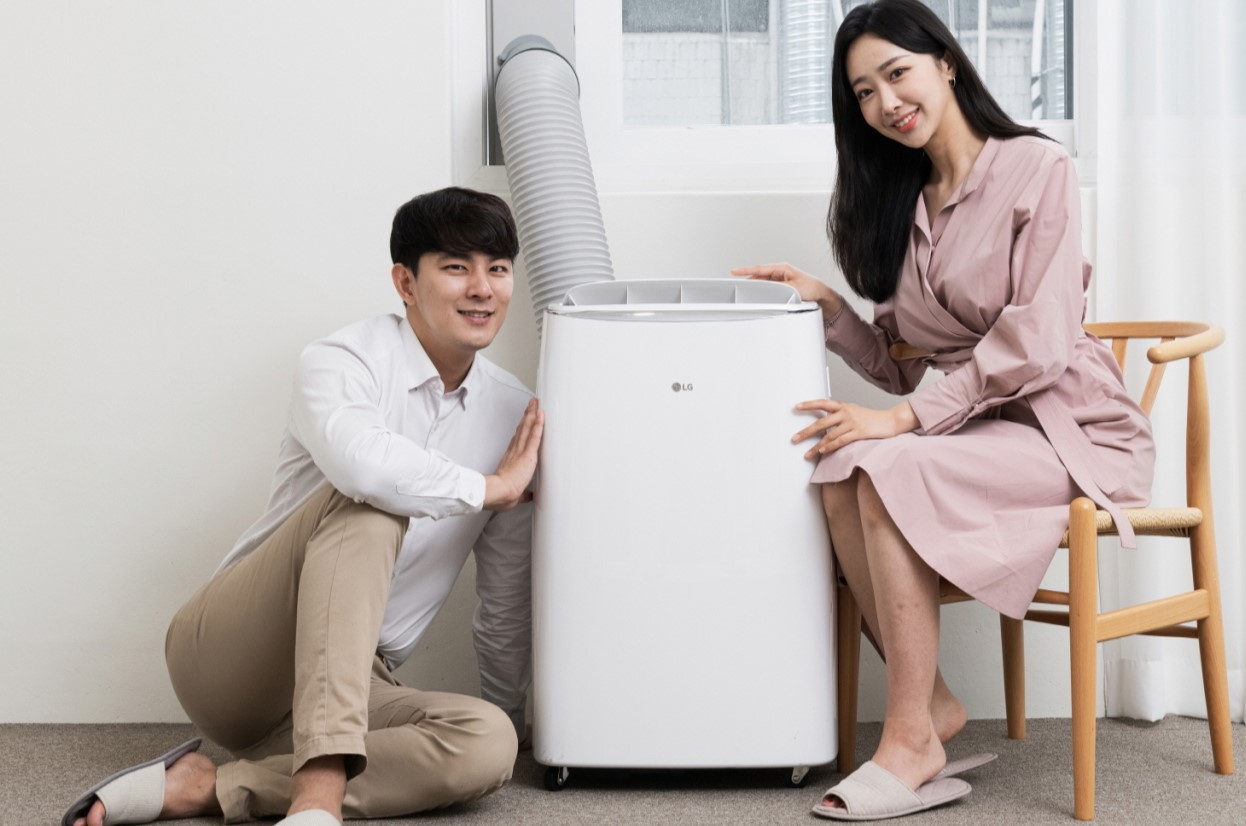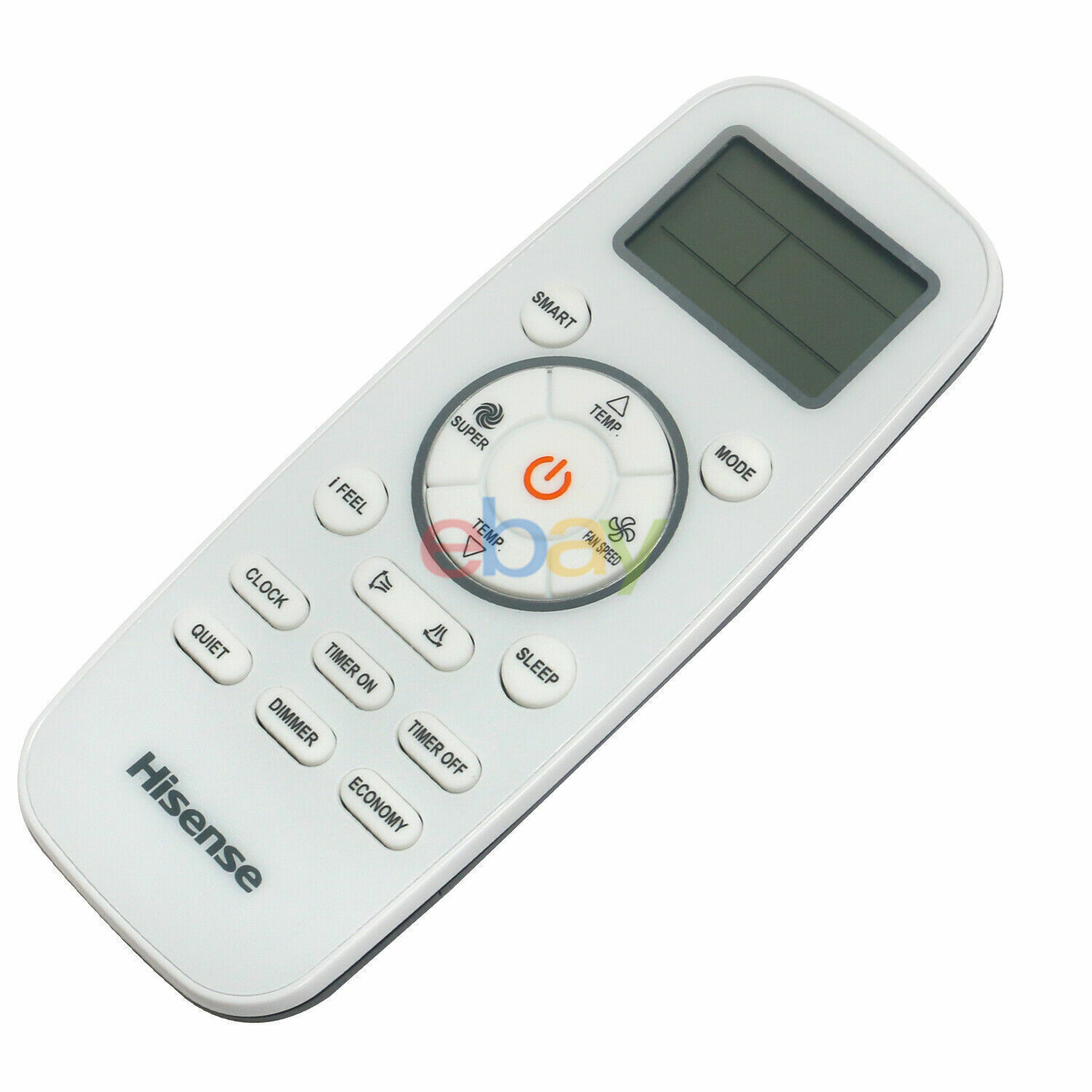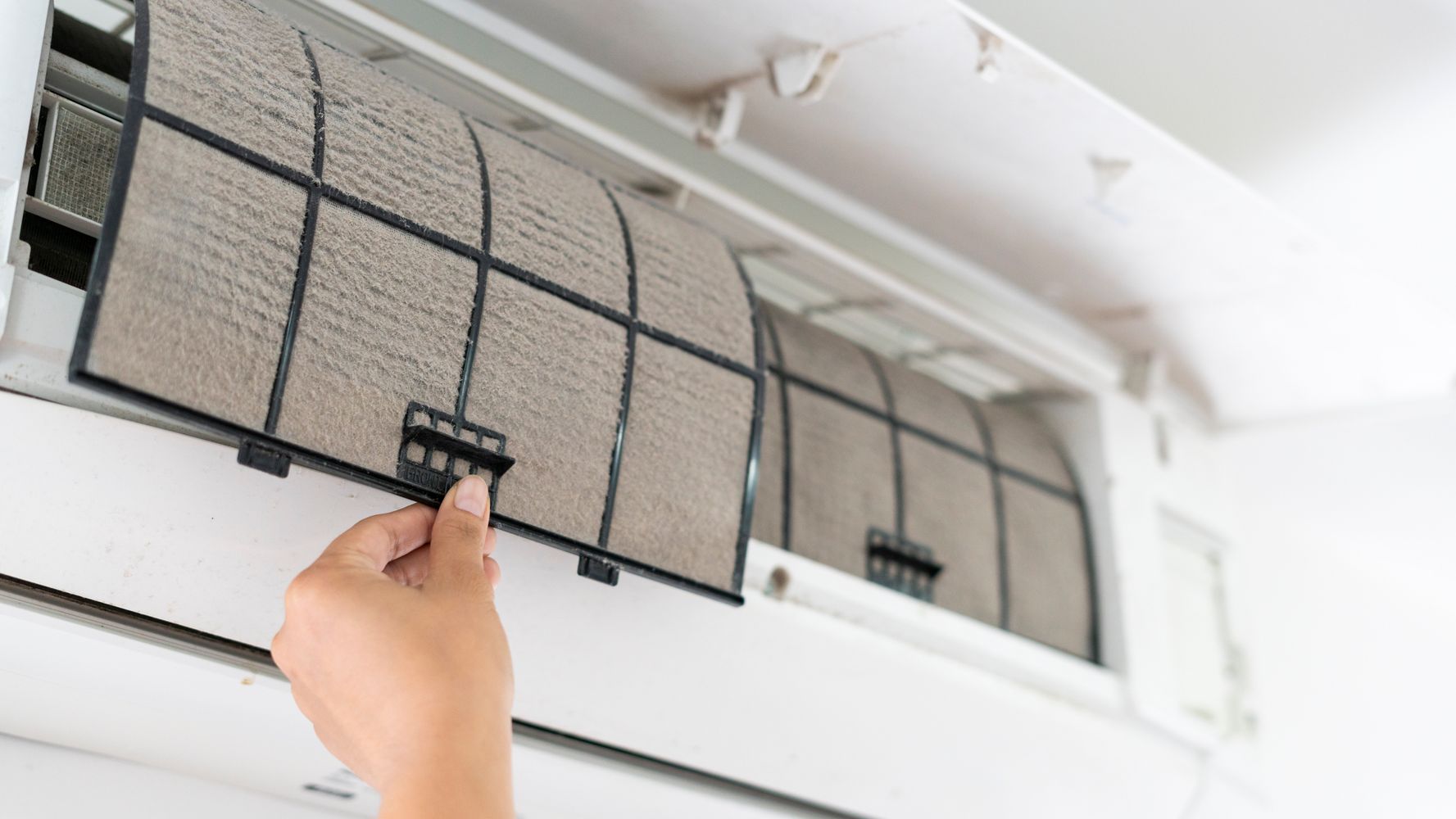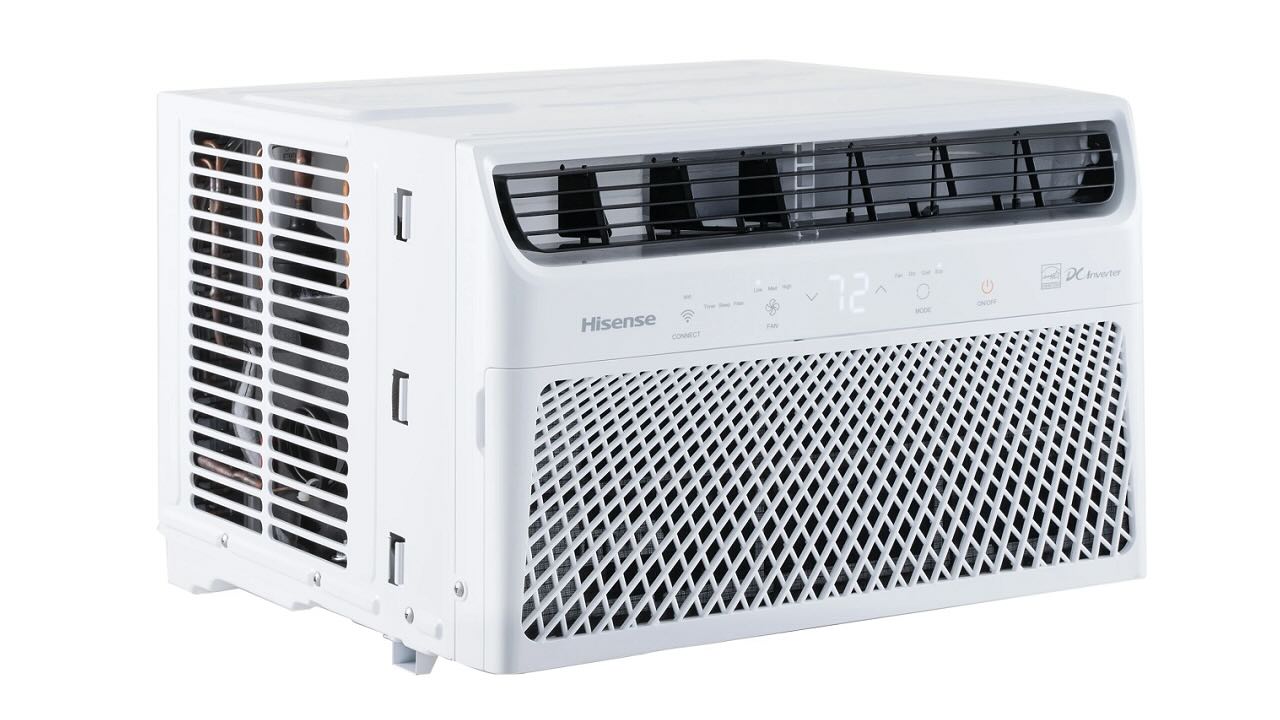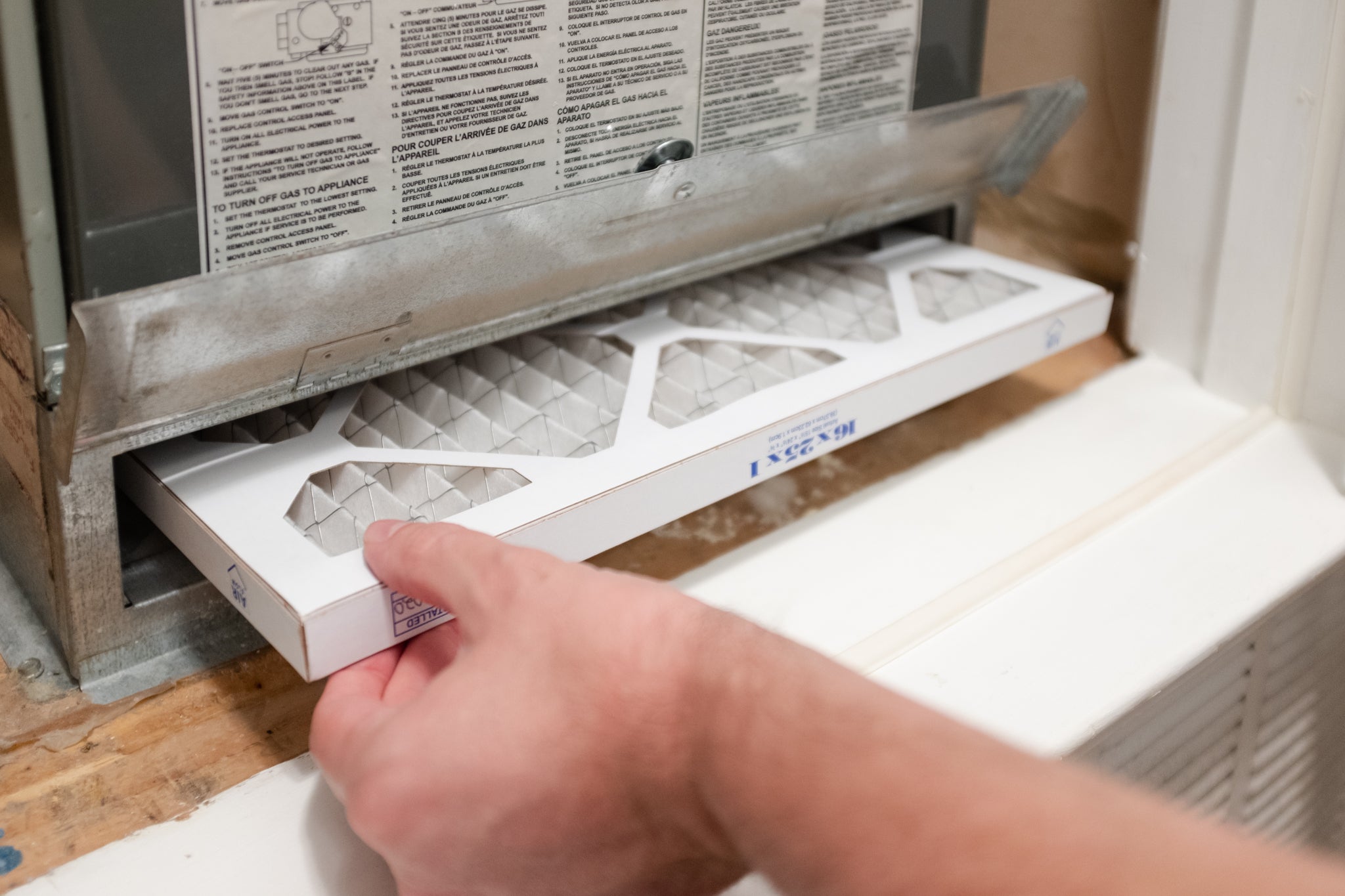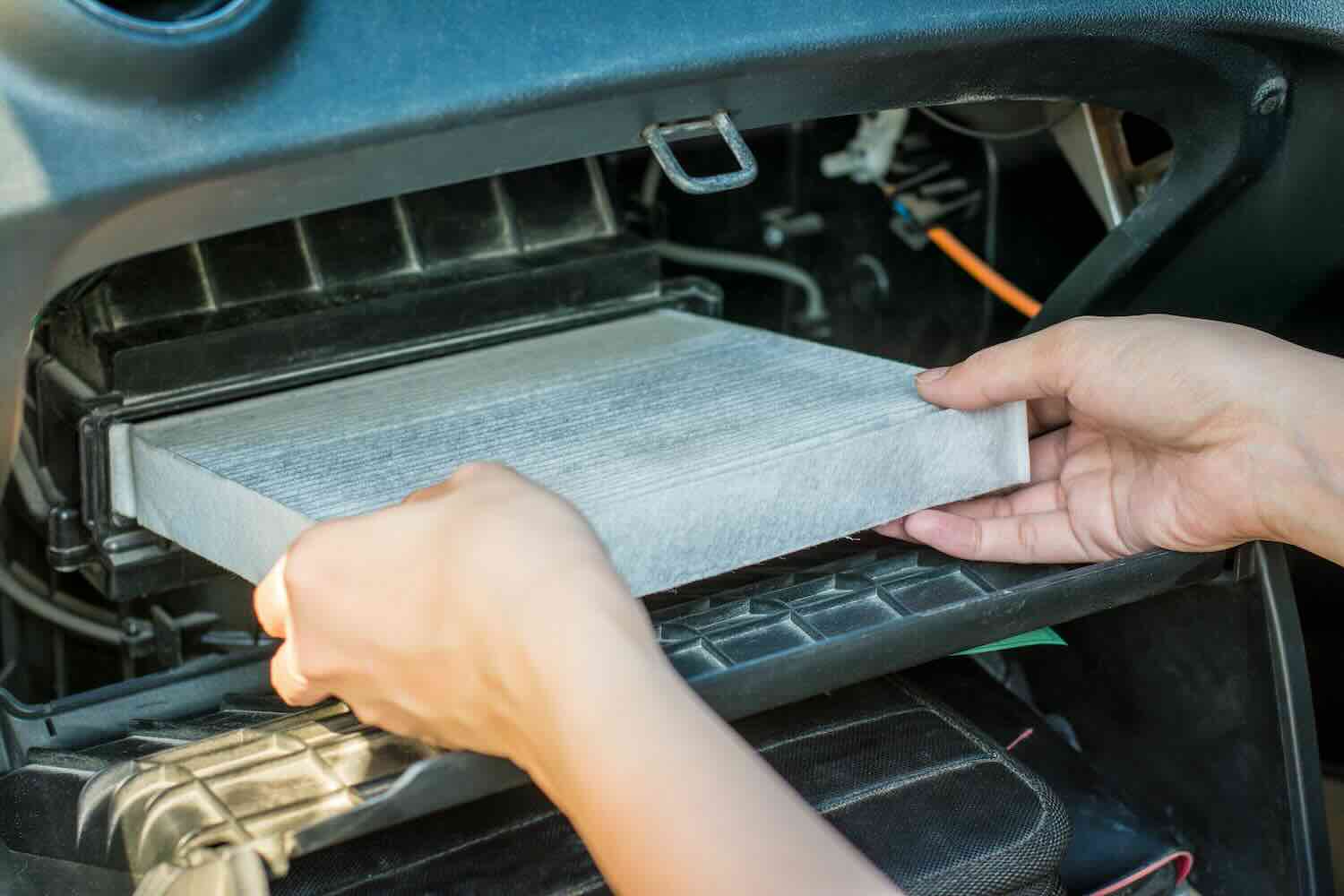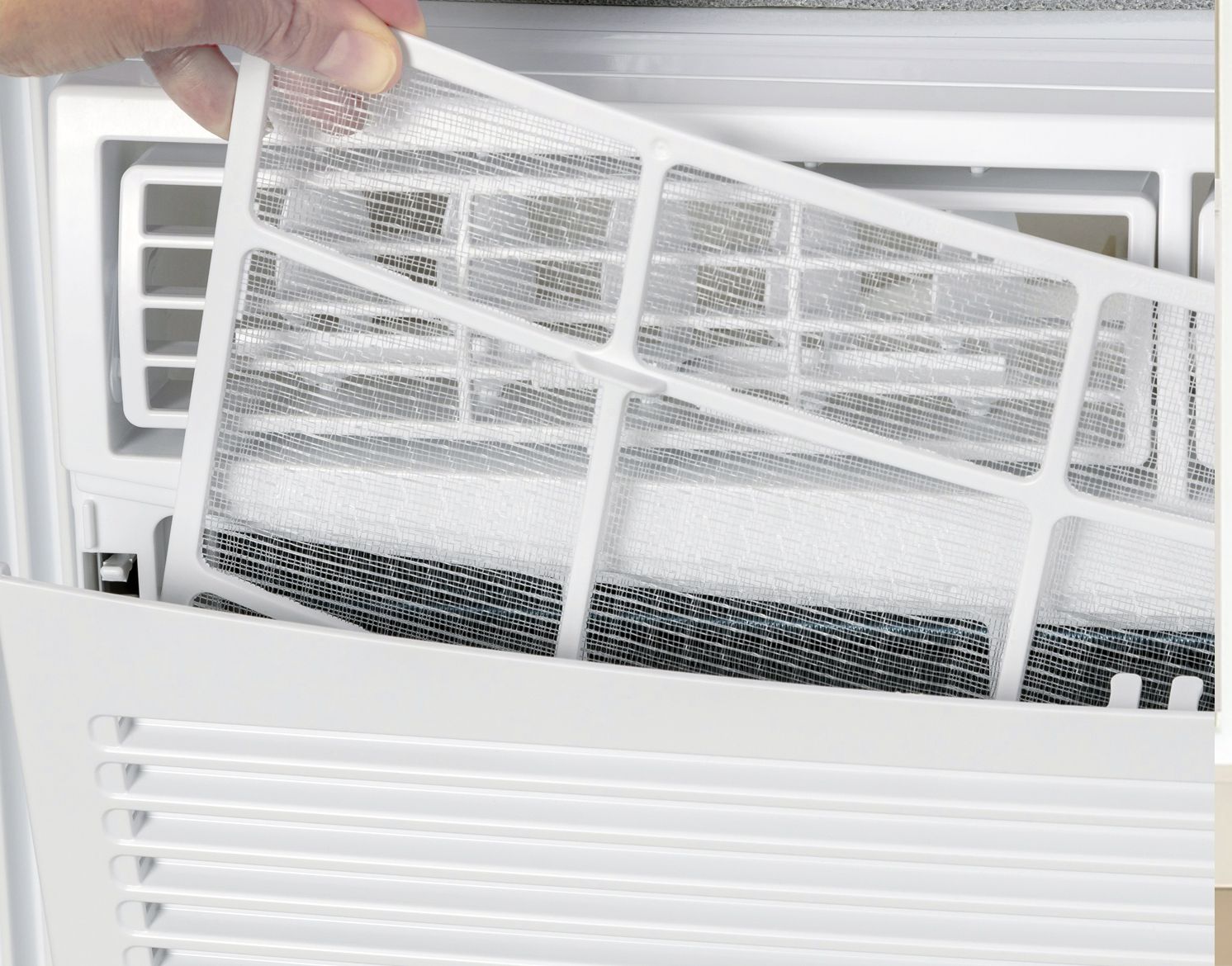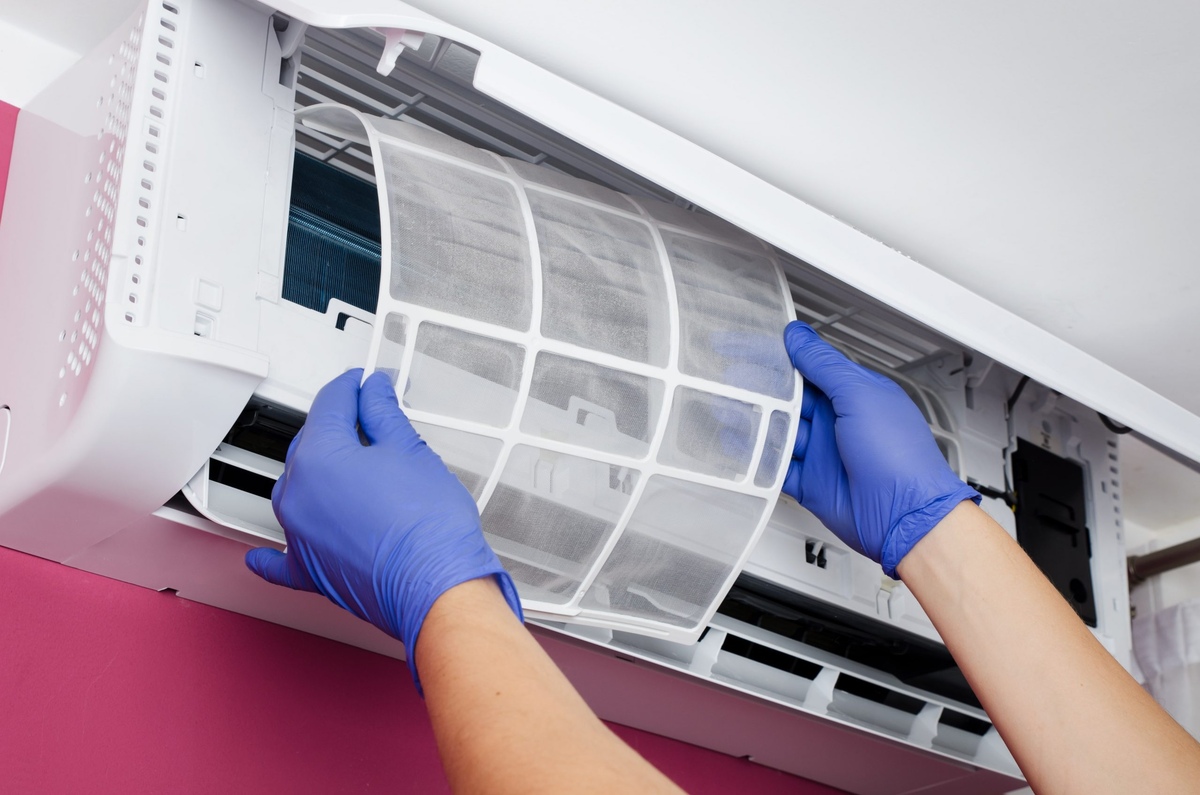Home>Home Maintenance>How To Clean Filter On Hisense Air Conditioner
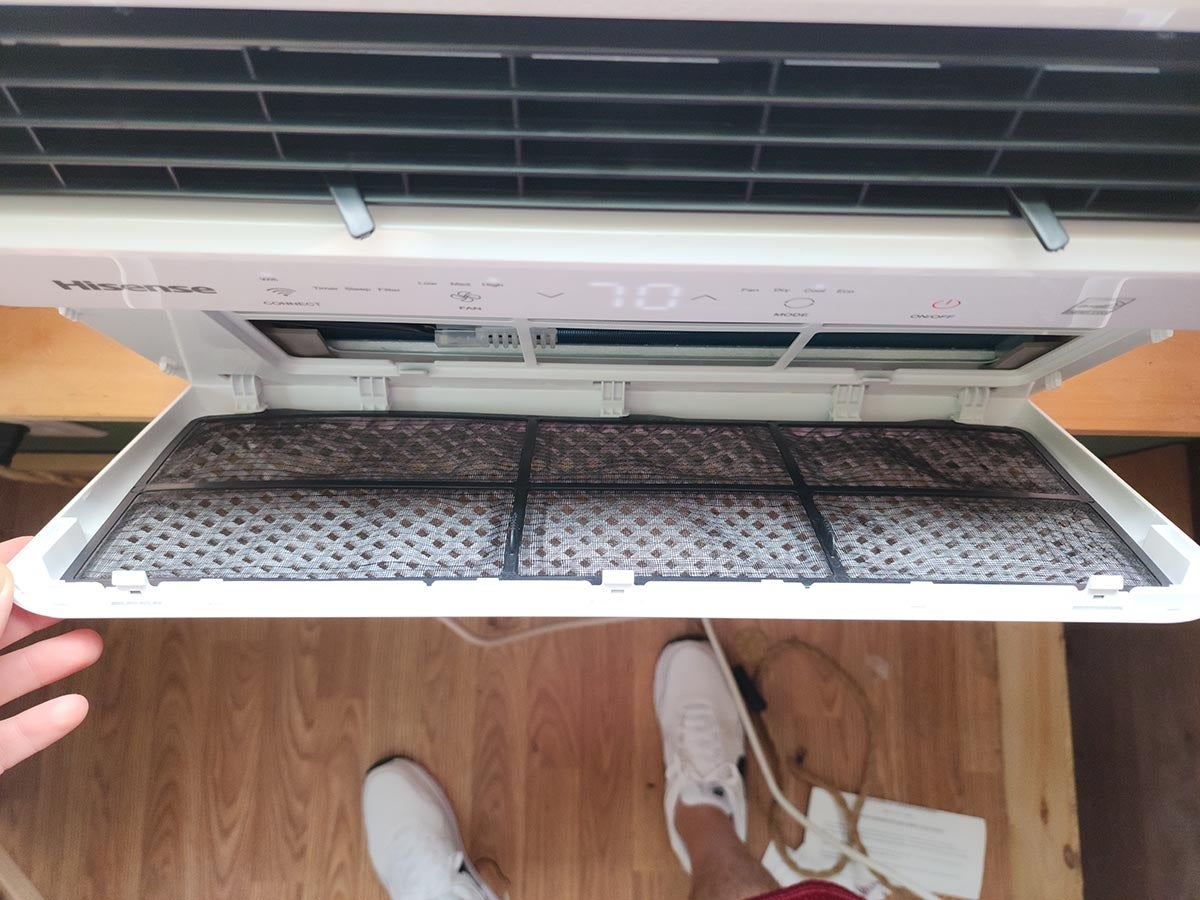

Home Maintenance
How To Clean Filter On Hisense Air Conditioner
Modified: October 20, 2024
Learn how to clean the filter of your Hisense air conditioner with these easy home maintenance steps. Keep your AC running efficiently and enjoy clean, fresh air.
(Many of the links in this article redirect to a specific reviewed product. Your purchase of these products through affiliate links helps to generate commission for Storables.com, at no extra cost. Learn more)
Introduction
Having an air conditioner in your home not only keeps you cool and comfortable during the hot summer months, but it also helps improve air quality by filtering out dust, allergens, and other pollutants. One important maintenance task that every air conditioner owner should regularly undertake is cleaning the air filter. The air filter plays a crucial role in capturing these particles and preventing them from recirculating in the air. Over time, the filter can become clogged with dirt and debris, reducing its effectiveness and putting strain on the system.
In this article, we will discuss how to clean the filter on a Hisense air conditioner. Hisense is a well-known brand that produces high-quality air conditioners, and proper filter maintenance is essential to ensure optimal performance and longevity of the unit.
Before we dive into the steps, it is important to note that regular filter cleaning should be a part of your home maintenance routine. It is recommended to clean the filter every 2-4 weeks during peak usage months and at least once a month during the rest of the year. This will keep your air conditioner running smoothly and help maintain good indoor air quality.
Now, let’s get started with the step-by-step process of cleaning the filter on your Hisense air conditioner.
Key Takeaways:
- Regularly cleaning the filter of your Hisense air conditioner every 2-4 weeks during peak usage months and at least once a month throughout the year is essential for maintaining good indoor air quality and ensuring the efficient operation of your unit.
- Properly cleaning and maintaining the filter of your Hisense air conditioner not only prolongs its lifespan and maximizes energy efficiency but also helps you breathe cleaner air, creating a comfortable and refreshing environment in your home.
Step 1: Turn off the Air Conditioner
Before beginning any maintenance task on your air conditioner, it is essential to ensure the unit is turned off. This will prevent any potential accidents or damage to the system while you are cleaning the filter.
To turn off your Hisense air conditioner, locate the power button on the control panel or remote control. Press the power button to turn off the unit. You should see the display or indicator lights on the air conditioner go off, indicating that it is no longer running.
It is important to wait for a few minutes after turning off the air conditioner before proceeding with the next steps. This will allow the system to completely shut down and cool down, ensuring your safety during the cleaning process.
Remember, safety should always be a priority when performing any maintenance tasks on electrical appliances like air conditioners.
Once you have turned off the air conditioner and allowed it to cool down, you are ready to move on to the next step of locating the filter.
Step 2: Locate the Filter
The next step in cleaning the filter of your Hisense air conditioner is to locate where the filter is housed in the unit. The exact location may vary depending on the model and type of air conditioner you have.
In most Hisense air conditioners, the filter is located behind a front panel or grille. To access the filter, you will need to remove this panel. Look for any latches, tabs, or screws that are holding the panel in place. Use a screwdriver or your hands to remove the screws or release the latches, allowing you to easily remove the panel.
Once the front panel is removed, you should be able to see the air filter. The filter may be rectangular or circular in shape, depending on the design of your air conditioner. It is usually made of a mesh or fabric material that captures dust and other particles from the air.
Take a moment to familiarize yourself with the filter and its location. This will help you in the next step of removing the filter for cleaning. If you are unsure about the location of the filter or need specific instructions for your Hisense air conditioner model, refer to the user manual or contact the manufacturer for assistance.
With the filter located, you are now ready to move on to the next step of removing the filter from the air conditioner for cleaning.
Step 3: Remove the Filter
Now that you have located the filter in your Hisense air conditioner, it’s time to remove it for cleaning. Removing the filter allows you to thoroughly clean it and ensure its proper functioning.
Take note of the type of filter your air conditioner uses. Some filters slide out easily, while others may have a lock or latch mechanism to secure them in place. If there are any locks or latches, carefully release them to remove the filter.
When removing the filter, it’s important to handle it with care to prevent any damage. Hold the filter by its edges or designated handles, avoiding touching the surface that captures the dust and debris. This prevents any contaminants on your hands from transferring to the filter.
If your filter is reusable, examine it for any visible dirt, dust, or debris. A clogged or dirty filter can impact the performance and efficiency of your air conditioner. If the filter is heavily soiled or damaged, consider replacing it with a new one for optimal performance.
Now that you have successfully removed the filter, you are ready to proceed to the next step: cleaning the filter.
To clean the filter on your Hisense air conditioner, first turn off the unit. Remove the filter and gently vacuum or wash with mild soap and water. Let it dry completely before reinstalling.
Step 4: Clean the Filter
Now that you have removed the filter from your Hisense air conditioner, it’s time to clean it. Cleaning the filter will help remove any accumulated dirt, dust, and debris, ensuring optimal airflow and performance of your air conditioner.
There are a few methods you can use to clean the filter, depending on the level of dirtiness and the type of filter you have:
- Vacuuming: If your filter has minimal dirt and dust build-up, you can use a vacuum cleaner with a brush attachment to gently remove the debris. Hold the vacuum cleaner hose a few inches above the filter, allowing the suction to pull away the dirt. Be cautious not to press too hard on the filter to avoid damaging it.
- Washing: For filters that are more heavily soiled, you can wash them with water. Start by gently rinsing the filter under running water to remove loose dirt. Then, fill a basin or sink with lukewarm water and a mild detergent. Submerge the filter into the water and gently agitate it to dislodge any stubborn dirt. Allow the filter to soak for a few minutes. Rinse the filter thoroughly with clean water to remove any soap residue.
- Using a Cleaning Solution: If your filter is extremely dirty or stained, you may use a specialized air conditioner filter cleaning solution or a mixture of water and vinegar. Follow the instructions on the cleaning solution or create a solution of equal parts water and vinegar. Submerge the filter in the solution and gently agitate it. Allow the filter to soak for the recommended time. Rinse the filter thoroughly with clean water to remove any residue.
Regardless of the cleaning method you choose, make sure to be gentle and avoid scrubbing or rubbing the filter vigorously, as this can damage the fine mesh or fabric material.
Once you have cleaned the filter, inspect it to ensure that all dirt and debris have been removed. If needed, you can repeat the cleaning process until the filter is visibly clean.
Now that the filter is clean, it’s time to move on to the next step: drying and reinstalling the filter.
Step 5: Dry and Reinstall the Filter
After cleaning the filter of your Hisense air conditioner, it’s important to ensure that it is completely dry before reinstalling it. Damp or wet filters can lead to mold or mildew growth and reduce the performance of your air conditioner.
To dry the filter, gently shake off any excess water or use a soft cloth to absorb the moisture. Avoid using excessive force or squeezing the filter, as this can damage its delicate structure.
Find a clean, dry area where you can place the filter to air dry. Ideally, you should allow the filter to dry naturally by placing it on a flat surface or hanging it up. Depending on the humidity level and air circulation, it may take a few hours for the filter to dry completely.
While waiting for the filter to dry, take this opportunity to examine the air conditioner’s interior for any dust or dirt. Use a soft, lint-free cloth to gently wipe away any debris that may have collected on the inside of the unit. This will help maintain the cleanliness of the air conditioner and ensure optimal performance.
Once the filter is completely dry, carefully inspect it for any remaining dirt or debris. Ensure that the filter is free from any visible contaminants before proceeding to reinstall it in the air conditioner.
To reinstall the filter, carefully align it in the designated slot or area where it was removed from. Make sure the filter fits snugly and securely in place. If your filter has a specific orientation, ensure it is positioned correctly according to any arrows or labels on the filter or air conditioner unit.
Double-check that the filter is correctly installed and securely in place. Any gaps or improper seating of the filter can lead to reduced air circulation and efficiency.
With the filter successfully dry and reinstalled, you are now ready to move on to the final step: turning on the air conditioner.
Step 6: Turn on the Air Conditioner
Now that you have cleaned and reinstalled the filter in your Hisense air conditioner, it’s time to turn the unit back on. Turning on the air conditioner will ensure that it is functioning properly and circulating clean, cool air throughout your space.
Before you proceed, double-check that the filter is securely in place and that the front panel or grille is properly reattached. This will prevent any potential malfunctions or damage to the air conditioner.
To turn on your Hisense air conditioner, locate the power button on the control panel or remote control. Press the power button to turn the unit on. You should see the display or indicator lights on the air conditioner come to life, indicating that the unit is now running.
Give the air conditioner a few minutes to start up and reach the desired temperature. During this time, you may hear the fan or compressor kicking in, and cool air will begin to flow from the vents.
While the air conditioner is running, pay attention to any unusual sounds, strange odors, or issues with airflow. If you notice any problems, it’s essential to troubleshoot or seek professional assistance to address the issue promptly.
Congratulations! You have successfully cleaned the filter and turned on your Hisense air conditioner. This regular maintenance task will help ensure the efficient operation and longevity of your air conditioner, as well as maintaining good indoor air quality.
Remember to schedule regular filter cleaning as part of your home maintenance routine. Cleaning the filter every 2-4 weeks during peak usage months and at least once a month throughout the year will help keep your Hisense air conditioner running smoothly and effectively.
By following these steps and performing regular maintenance, you can enjoy a comfortable and well-functioning air conditioner for years to come.
Conclusion
Cleaning the filter of your Hisense air conditioner is a crucial maintenance task that should be performed regularly to ensure optimal performance and improve indoor air quality. By following the step-by-step process outlined in this article, you can effectively clean and maintain the filter of your air conditioner.
Regularly cleaning the filter helps prevent the accumulation of dirt, dust, and debris, which can hinder the efficiency of your air conditioner and compromise its performance. A clogged or dirty filter can strain the system, leading to decreased airflow, increased energy consumption, and potential damage to the unit.
Remember to turn off the air conditioner before beginning the cleaning process and wait for the unit to cool down. Locate the filter behind the front panel or grille, remove it with care, and choose the appropriate cleaning method based on the level of dirtiness. Vacuuming, washing, or using a cleaning solution are all effective ways to clean the filter.
After cleaning, ensure the filter is thoroughly dry before reinstalling it, as a damp filter can lead to mold or mildew growth. Take the opportunity to inspect the air conditioner’s interior and remove any dust or debris using a soft cloth.
Once the filter is dry, reinstall it securely in the designated slot and double-check that the front panel or grille is properly attached. Finally, turn on the air conditioner and monitor its performance for any issues.
Regular filter cleaning should be incorporated into your home maintenance routine. Cleaning the filter every 2-4 weeks during peak usage months and at least once a month throughout the year will help maintain good indoor air quality and ensure the efficient operation of your Hisense air conditioner.
By keeping your air conditioner’s filter clean, you can enjoy a comfortable and refreshing environment while maximizing energy efficiency. Proper maintenance not only prolongs the lifespan of your air conditioner but also helps you breathe cleaner air.
Always refer to the manufacturer’s instructions and user manual for specific guidance on cleaning and maintaining your Hisense air conditioner. If you encounter any issues or are unsure about any aspect of the cleaning process, it is best to seek professional assistance.
With regular filter cleaning and maintenance, your Hisense air conditioner will continue to provide reliable and efficient cooling for years to come.
Frequently Asked Questions about How To Clean Filter On Hisense Air Conditioner
Was this page helpful?
At Storables.com, we guarantee accurate and reliable information. Our content, validated by Expert Board Contributors, is crafted following stringent Editorial Policies. We're committed to providing you with well-researched, expert-backed insights for all your informational needs.

